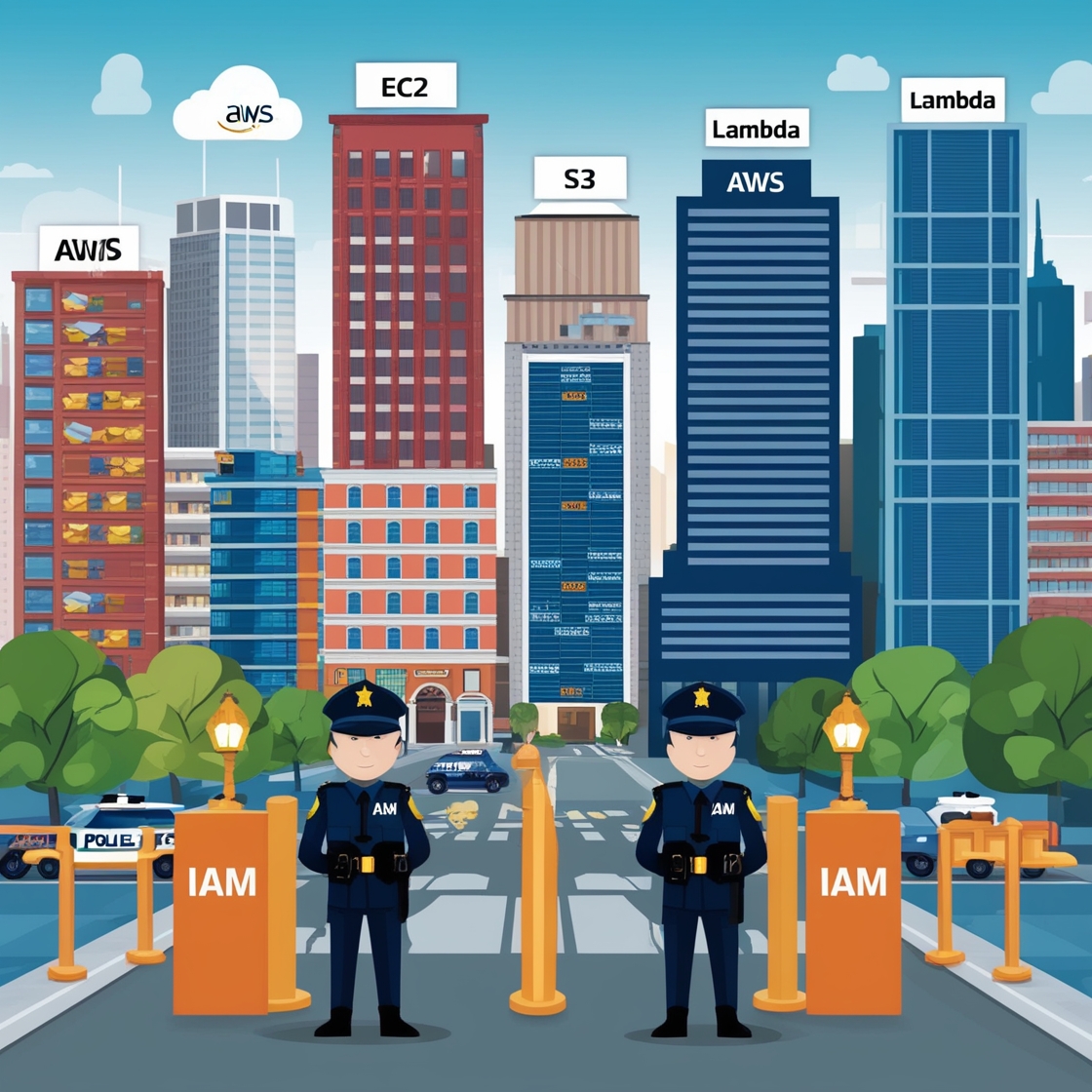AWS Lambda allows developers to run code on the cloud without having support or managing servers. What’s another significant feature provided by AWS Lambda? **Lambda Layers** Improve code reusability – make it easy to manage many dependencies across multiple Lambda functions for this blog post. First, we will explore: What are AWS Lambda layers? How do they work? What are the key benefits? Practical examples using AWS Lambda layers to ensure you understand how to leverage them.
What are AWS Lambda Layers?
A Lambda Layer is pretty much a ZIP file, which contains additional code or libraries that you want to include in your Lambda functions. It could be libraries, some custom runtimes you are maintaining, or other code you want to share across a bunch of functions. When you add a layer to a function, the contents of that layer are copied to the `/opt` directory within your function’s execution environment.
You can attach up to **five layers** to a single Lambda function. Each layer is versioned, meaning you can more easily manage updates and changes. When you create a new version of a layer, you just specify which version your function should use.
Why Use Lambda Layers?
There are several benefits of using Lambda Layers:
Code Reusability: You may share common libraries or code snippets across multiple functions without duplicating them in each function’s deployment package.
Less Deployment Package Size: In the case of layers, offloading dependencies reduces the size of your deployment package. Hence, deploying gets faster.
Easy Updates: In case any library has to be updated, you only have to update the layer rather than doing it with each of the functions that use it.
It simply makes dependencies easier to manage, as it keeps your code organized and modular in layers.
Make Your Lambda Layer
It takes the following basic steps to make a Lambda Layer:
1. Prepare Your Code: Prepare your code or dependencies in a directory structure that is compatible with the runtime of your choice (for example: Node.js or Python).
For example, if you are using Node.js, you would have something like this:
my-layer/
└── nodejs/
└── node_modules/
└── <your libraries>
2. Zip your layer: Navigate to the parent directory of your layer and zip it in
cd my-layer
zip -r my-layer.zip.
3. Upload your Layer: You navigate to the AWS Management Console. There, in the console, go to Lambda > Layers and upload your ZIP file to create a new layer.
4. Attach the Layer to Function: In your lambda function configuration, you can add the new layer you created. This you do by selecting the newly uploaded layer from the list of available layers.
Using Common Libraries as AWS Lambda Layers
Suppose you had several AWS Lambda functions and each used the same database client library. You wouldn’t put that into each of their deployment packages, but create a layer instead.
1. Make the folder structure from above.
2. Install your database client library into nodejs/node_modules.
3. Zip it up and publish this as a layer
4. Attach this layer to all your relevant Lambda functions.
This means that now you just update your layer whenever you want to update the client library for accessing your database. All the functions that you built with this layer will automatically make use of the latest version.
Example 2: Deploying Machine Learning Models
Imagine that you are making use of AWS Lambda to run inference on machine learning models. Model files are usually large and complex, making it impractical to include them directly inside each function’s deployment package.
1. Save the ML model and dependencies together as a ZIP.
2. Create a Lambda layer for the model
Attach the above layer to an inference Lambda function
In this way, one only has to update a common model for easy management with lots of other functions without any bulging packages.

AWS Lambda Layer Best Practices
Small Layers: Libraries or code added only in case of necessary size limits.
Versioning: Extent versioning to a point where, in case an update turns out problematic, it would be very easy to revert to the original.
Don’t overdo Layer Usage: Even though you can add five layers for every function, it will be pretty crazy to hang many dependencies from one single function at once.
Use local development tools. Tools such as AWS SAM or Serverless Framework make it easier to create and manage layers when developing locally. I am going to create a post on that soon.
One of the prime features that optimize serverless applications is the Lambda layers. These layers enhance reusability, make it easy to manage your dependencies, and make a fast deployment quite easy. The efficiency with which they are created and utilized will help developers come up with scalable and maintainable serverless applications with much ease.
When designing your application on AWS using Lambda, keep thinking about building layers wherever possible to create your development process streamlined for better performance.
Ref: aws lambda layers
Recent Post: Apollo federation








4 thoughts on “Understanding AWS Lambda Layers: An Ultimate Guide”